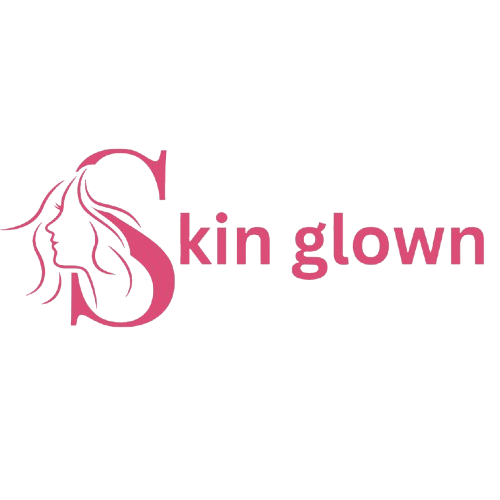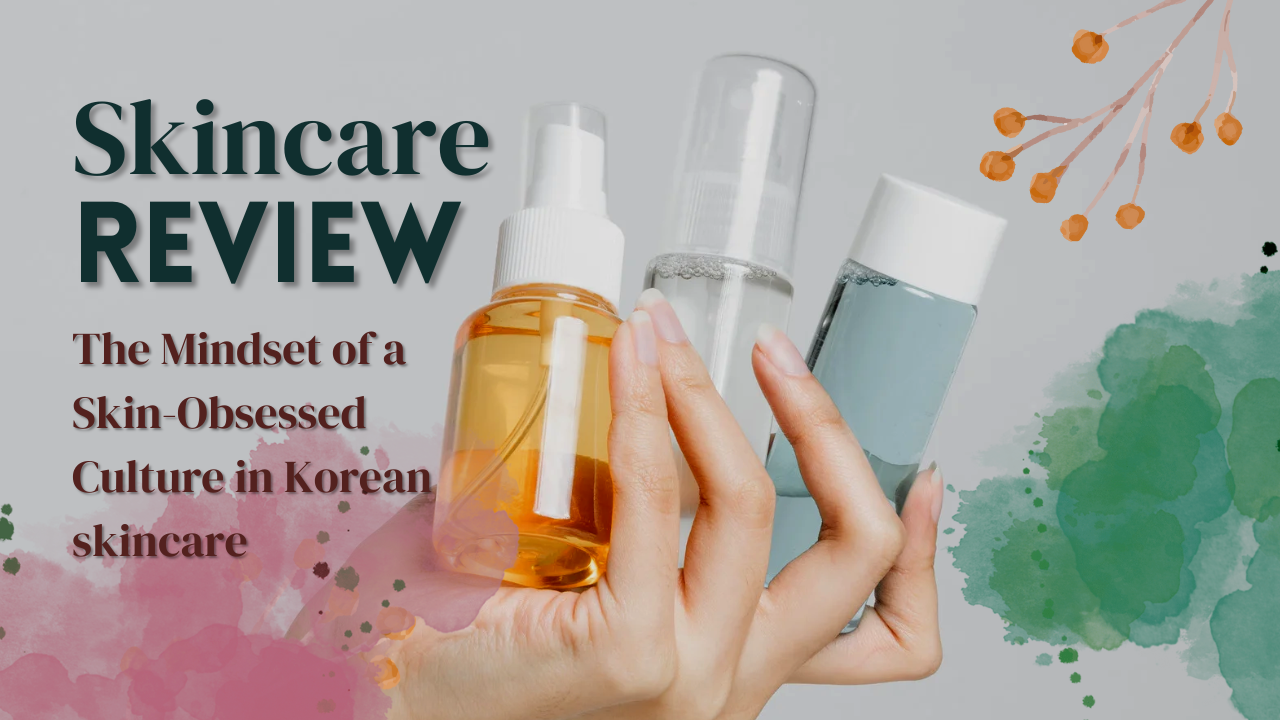
Once I had my feet on the ground in Seoul, it didn’t take me long to realize that I was living in a place where skin care was more than skin deep: It was a part of the culture in Korea. This was a new concept, but the more I learned about it, the
more excited I was to embrace it. At the time it was the mid-2000s, and Korean beauty was just then starting to make headway in the rest of Asia, with a small yet devoted following in the United States. If you wanted Korean beauty products, you had to work for them: You could commute to stores that were overpriced and hit-or-miss, or order
goods online and swallow the fact that the shipping was going to cost you more than the products themselves. And if you didn’t have a Korean friend or someone else in the know to give you insider information, well, good luck. You’d most likely be going in blind, trying to decipher labels, not knowing what the formulas were or how products were supposed to be used. You’d have to go on price alone to try to figure out which were luxury brands and which were bottom-of-the-barrel budget ones. On my annual trips back to Los Angeles to visit my family and catch up with friends, I’d pack my suitcase full of the latest emulsions, lip tints, and eye patches. Some were long-overdue birthday gifts, but most were specific requests from friends who would sheepishly explain, “You just can’t get the same stuff here for that price, so, um, can you bring me twelve?” Other friends didn’t know specifics, but had just heard that things were c-u-t-e. They wanted sheet masks illustrated with candy-colored snails and would text me, “I’ll take anything that’s shaped like a panda or a piece of fruit!!!” My arrival back in the States provoked squeals of glee from my friends, but I knew it wasn’t me they were so excited about—it was that lip gloss shaped like a blueberry
Good Skin Goes Beyond the Surface
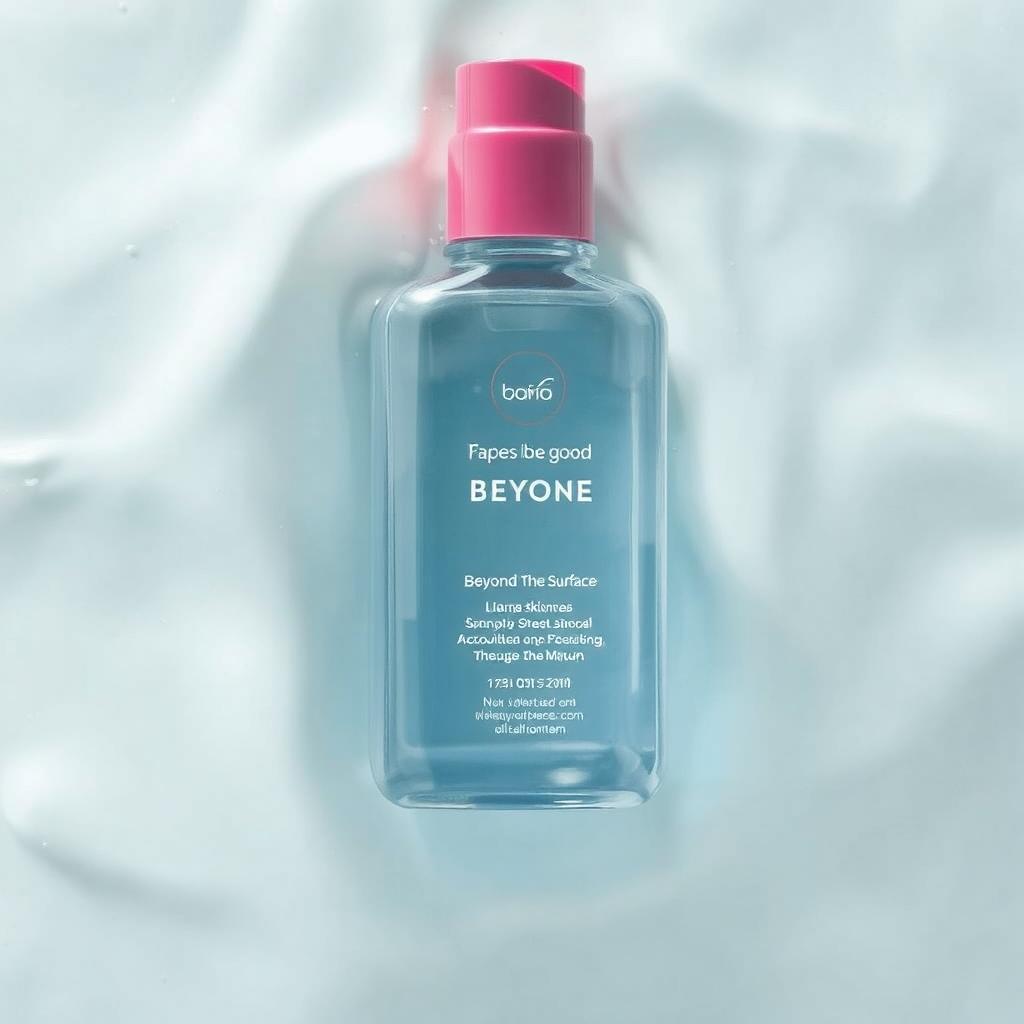

Korean beauty is more than just ten steps and sheet masks—it’s not just what you use, but how you think. From all my experience, this is what I’ve come to observe about Korean beauty and the mindset that drives it. The way your skin
feels and looks is priority number one. But in Korea, skin culture goes beyond products, and both men and women will go to great lengths to protect and nurture their skin. Whether they use sun umbrellas to shield themselves from UVA rays or drink antioxidant tea to prevent premature aging (and they probably do both), Koreans recognize that skin care is a holistic practice. There are several individual steps that contribute to the overall goal of beautiful skin.
Skin Care Is Not Just a Luxury


Thanks to picky consumers and widespread demand, even the most innovative Korean skin-care products are usually affordable. There are skin-care shops on every corner (and even in the subway stations), so good skin is accessible to
everyone, and you don’t have to automatically assume that it comes with an out- of-your-budget price tag. You can get effective ingredients and cutting-edge formulas—all wrapped in luxurious packaging—and still pay your rent.
No Routine Is One-Size-Fits-All
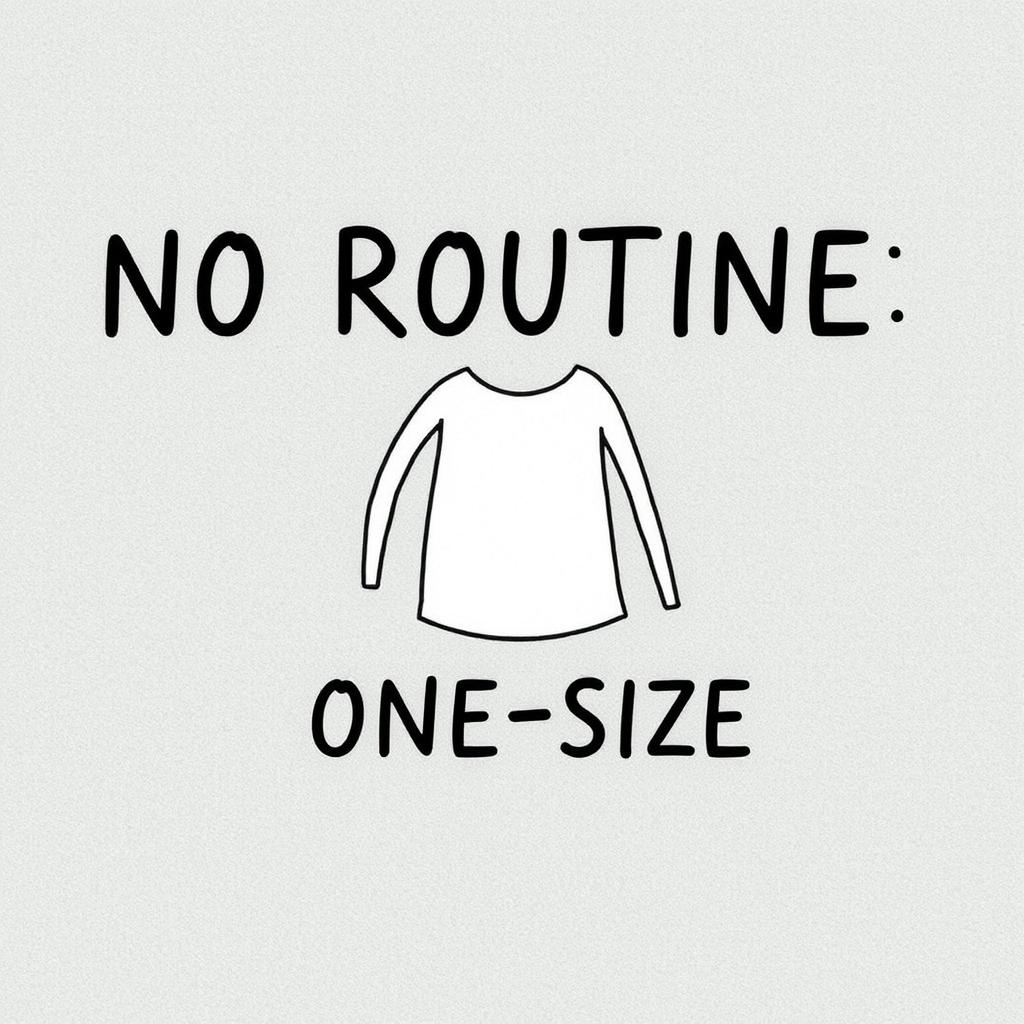

You will rarely find two people with the same skin-care routine. Even the most popular, newsworthy products (the ones that show up on every blog) aren’t for everyone, and what your best friend recommends wholeheartedly still might not
work for you. Never feel pressured to blindly use products based on what you’ve heard, because every person’s skin is unique and will react differently to variations in ingredients and formulas. In Western cultures, we’re taught to buy skin-care products according to how old, or “mature,” our skin is, but that’s an oversimplification. Instead of just
looking at your age, you should analyze your skin and determine what conditions need to be treated.Unfortunately, skin care is very much a trial-and-error process, and there really isn’t a way to get it right the first time, nor can you just copy what someone else does and expect to see the same results. It’s also important to know that your skin is continuously changing—because, you know, life happens. Korean women understand this well. They’ve learned to recognize when a
product is working for them. If it’s not, they’re quick to chuck it out without a second thought, cute packaging be damned
Skincare as Social Status and Self-Expression
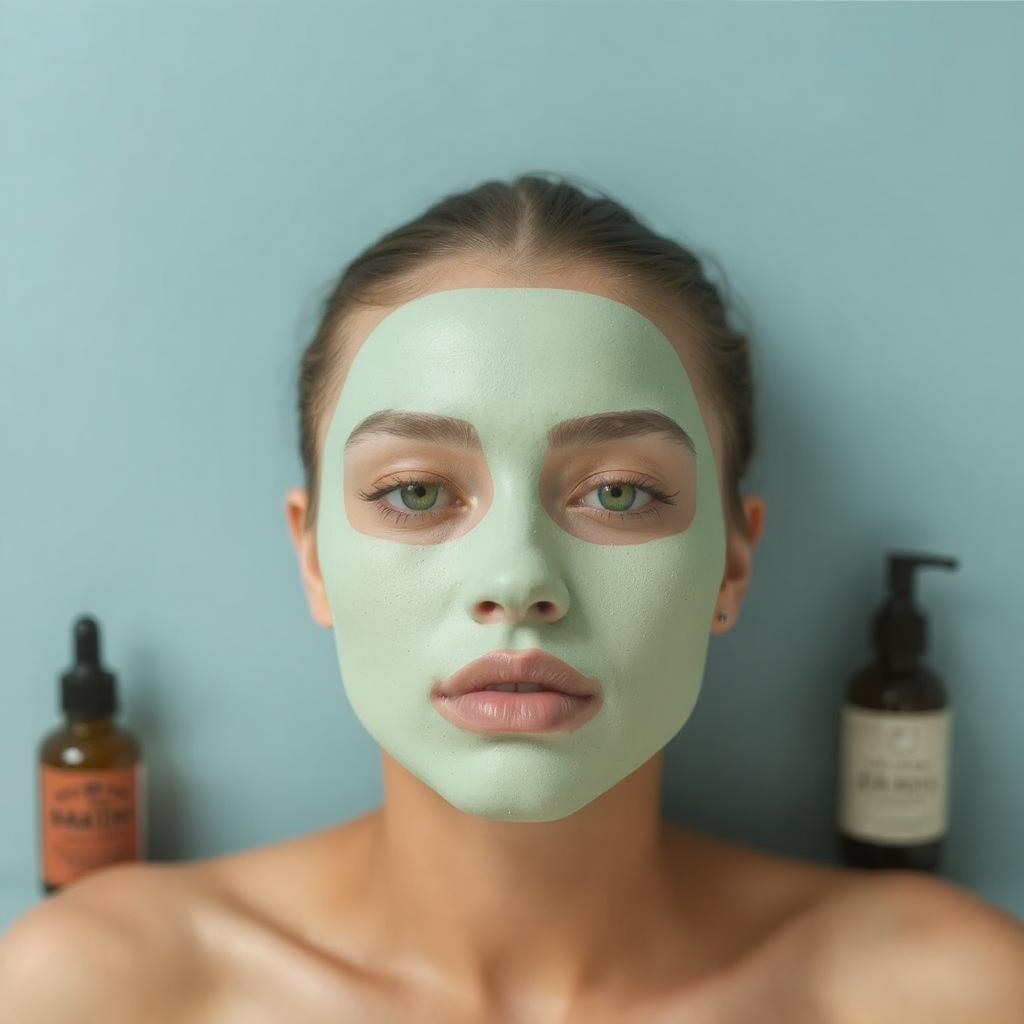
Seems to be a development of the society Syracuse sea with its culture women has a better trait concealed compared with other cultures. She considers her skin not only full of life but a source of prosperity bearing high pictorial values. There is a well-known saying that success comes only to those whom it is intended in any event. In South Korea for instance, Preparing for a job and social events is done in such a way that one has a perfect looking skin.
Innovation and Ingredient Obsession
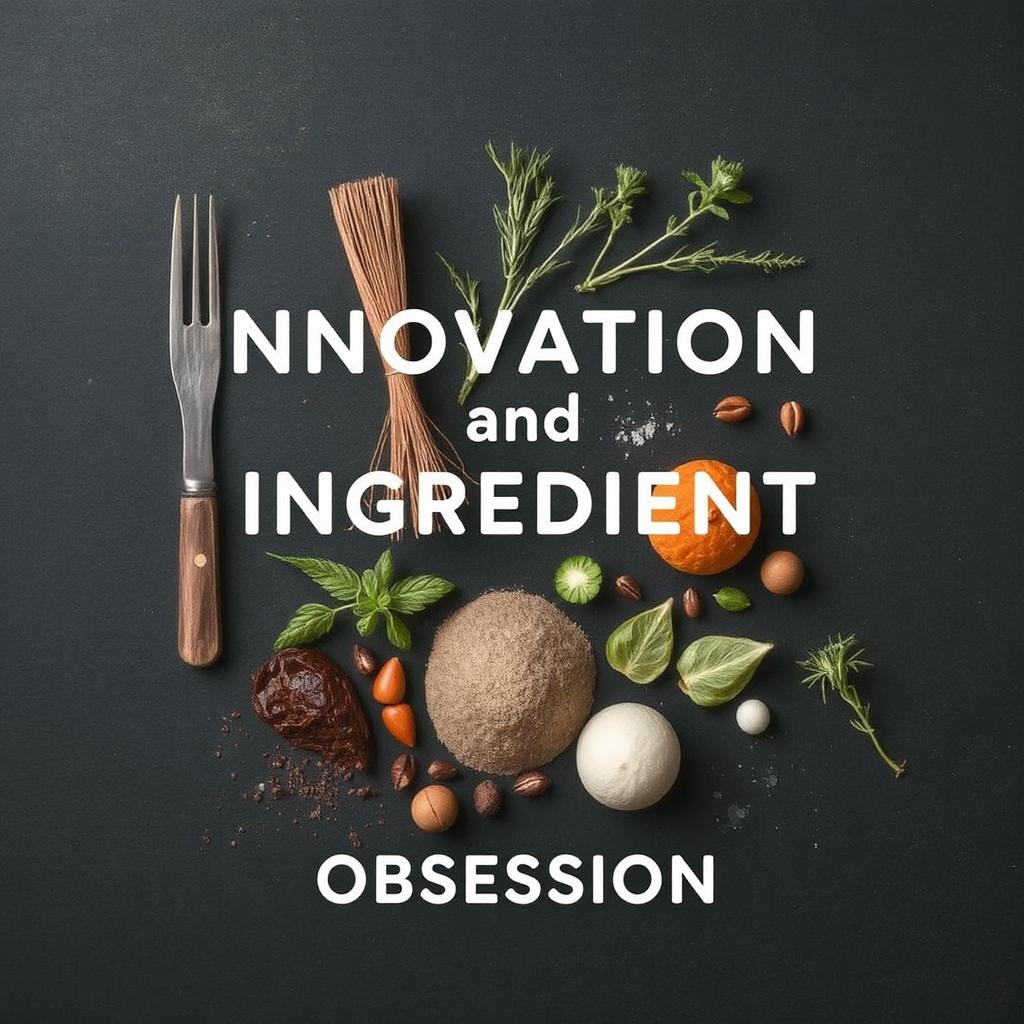
Despite this over-innocence a skin loving culture in the contemporary South Korean beauty strives to paint the accurate skin while in fact one’s skin is not of any importance. – Hence skin, ‘Chock chock’ satisfying products are therefore designated for that market where the promised skin or image abuse of three hundred sixty degrees still stands pervasive situation within us.
Turning to the bright sides of the story, skincare has turned out to be something more than just the bare necessity. The influence of social media, beauty bloggers and K-beauty has given the opportunity to discuss different routines, games, and beauty products. Everyone is encouraged to play around with products, components, and techniques so as to find the most appropriate for the individual’s skin.
Ruthless Pursuit of Changes and Ingredients
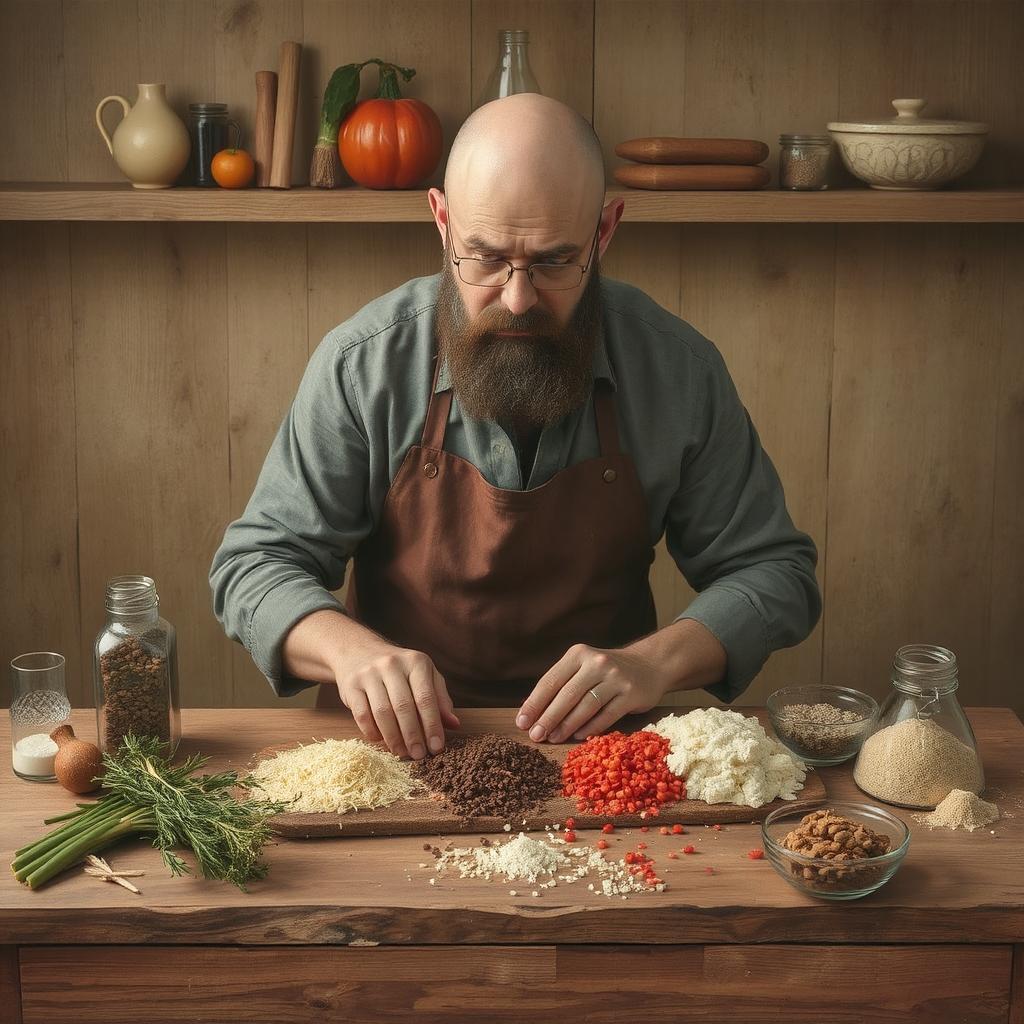
Skincare is something South Koreans do not play around with, they are rather serious about their beauty regimes. There’s been new products launched under the K-beauty banner which range from snail gel cream, functional ampoules to fermented skincare items. Even within an Urban civilization that embraces science and technology, there exists an expectation and practice to create and use such remedies that are based on the ethos of respecting the natural environment and being healthy.
The average Korean is considered a skin care expert and many of them will invest considerable effort into the research and sourcing of skin care products and supplement ingredients.
Conclusion
Korean culture has adapted an obsessive outlook towards skin deep enhancement which has been positively defined by the history, health and self-discipline of the people. It’s a way of life that treats every aspect of health with care especially their skin, incorporating many interventions to prevent and also cure skin problems. These standards of beauty come with their burdened stresses, however, the primary teachings of Korean beauty and skincare remind us that beauty and skincare are not for everyone but for a few who know what is self-care, dedication and beauty in oneself.
When it comes to Korean skincare practices, it does not matter whether one is a K-beauty junkie or a mere traveller, inculcating these values would not just mean a dewy skin but a more sensible and healthy way of looking at beauty.
